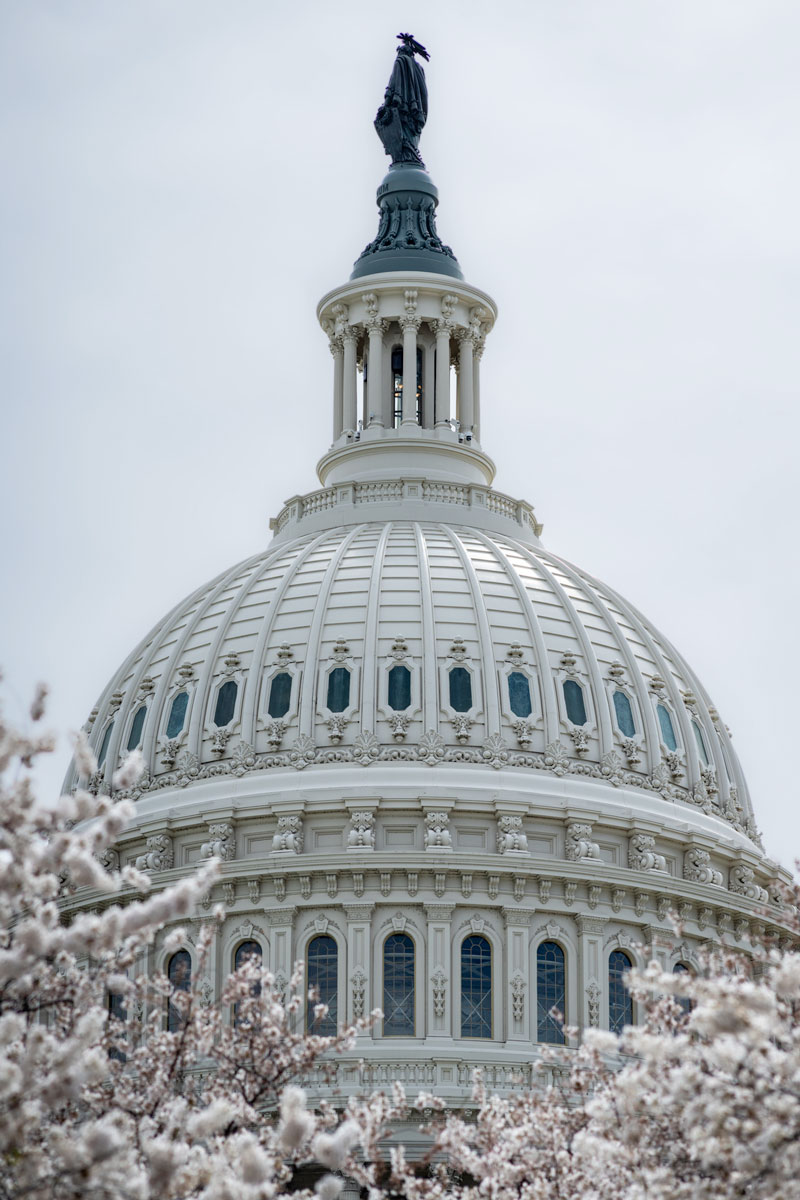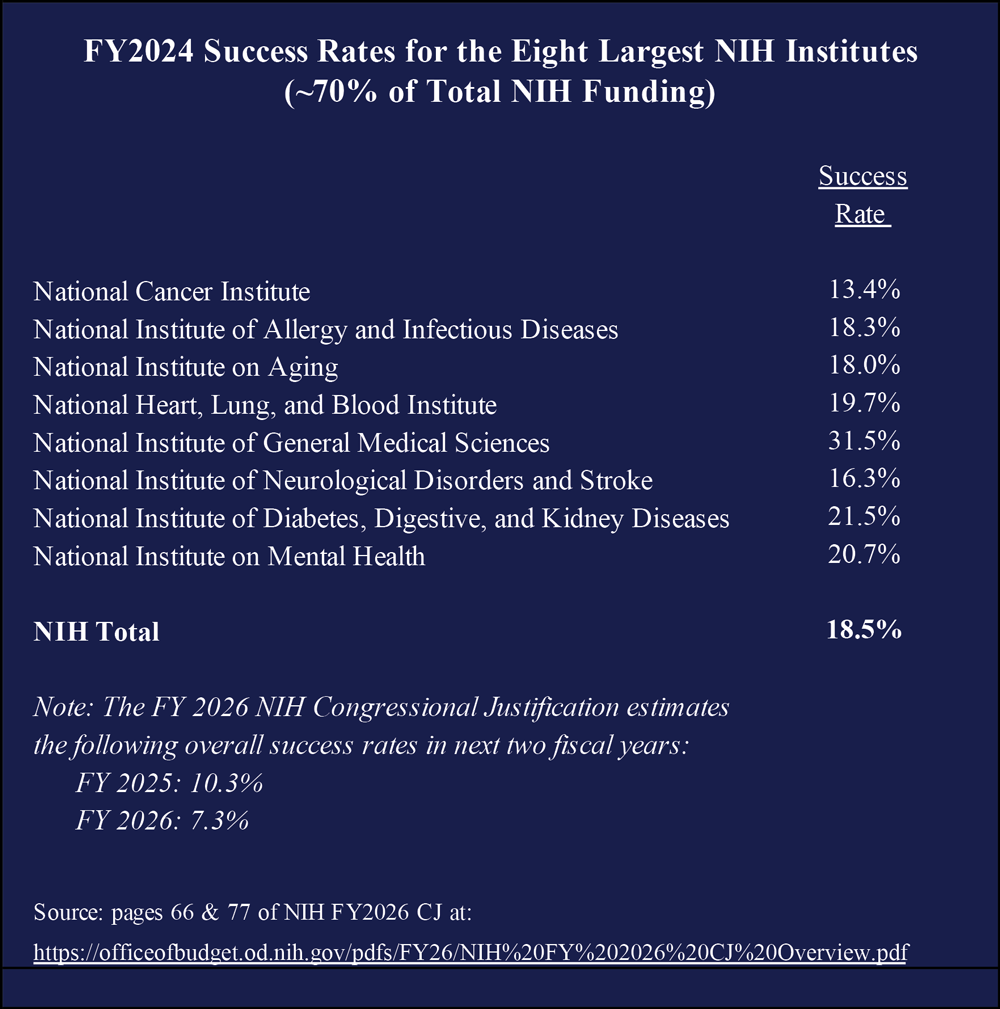NIH FUNDING PROCESS
 The budget process for federal agencies such as NIH begins each year with the President’s Budget, which proposes funding levels for federal agencies. This request is submitted to Congress, typically in the spring, and serves as a starting point for the appropriations process. Congress then works through the House and Senate Appropriations Committees to draft annual funding bills for groups of individual agencies.
The budget process for federal agencies such as NIH begins each year with the President’s Budget, which proposes funding levels for federal agencies. This request is submitted to Congress, typically in the spring, and serves as a starting point for the appropriations process. Congress then works through the House and Senate Appropriations Committees to draft annual funding bills for groups of individual agencies.
NIH funding is included in the Labor, Health and Human Services, Education, and Related Agencies (L/HHS) appropriations bill, one of twelve discretionary spending bills Congress develops each year. The agency also receives limited resources from the Interior, Environment, and Related Agencies appropriations bill, along with some small amounts of mandatory budget authority.
Once Congress passes a final L/HHS bill, often in a package with other appropriations bills, it is sent to the President for signature. If the bill is not enacted by the start of a new fiscal year on October 1, Congress may pass a continuing resolution (CR) to temporarily fund the government at prior-year levels until Congress passes a full-year appropriations bill.
You can learn more about past NIH budget requests and the history of the agency’s appropriations here. The Congressional Research Service (CRS) has also published a report detailing the NIH budget and appropriations process for the last 30 years.


 President’s Budget (released on May 30, 2025)
President’s Budget (released on May 30, 2025)